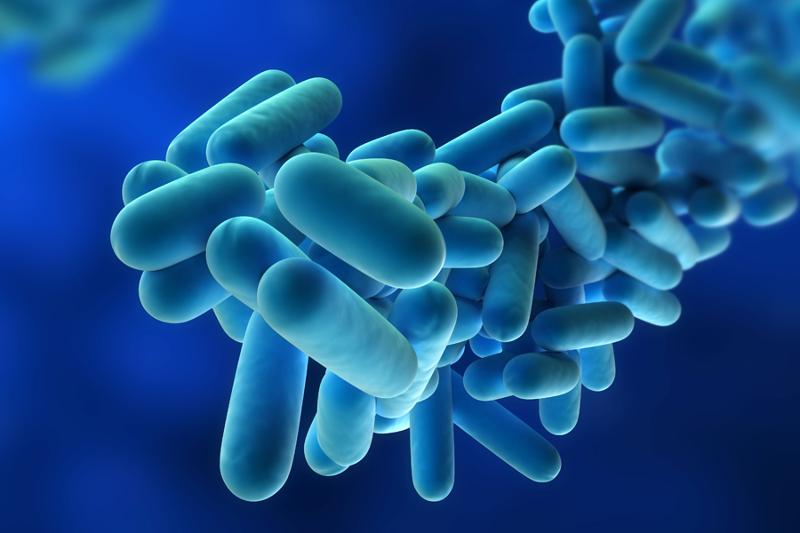Legionnaires’ disease was first recognised in July 1976 and since then more than 60 species have been identified. It is a naturally occurring organism and can be found in ponds, rivers, and lakes. However, the conditions in these sources are very rarely optimum for the bacteria to thrive, so it is uncommon for people to catch a disease from this point of supply.
Legionella Risk - Background.
Within the UK the control of Legionella falls within the general requirements of The Health and Safety at Work Act and associated regulations including COSHH regulations. In the UK outbreaks of Legionnaires’ disease are commonly associated with evaporative cooling towers and condensers, hot and cold water systems within the built environment, spa pools and hot tubs.
If conditions are favourable, the Legionella bacteria can multiply in these potential risk systems increasing the risks of Legionnaires’ disease, and it is, therefore, important to control the risks by introducing appropriate control measures i.e. Legionella risk assessments, water safety audits and Legionella training.
Legionella Cases.
The number of reported cases of Legionnaires’ disease continues to rise year on year. This is probably due to increased monitoring as people become more aware of the disease and improvements made in diagnostic methods.
Increasing rises in global temperatures may also be playing a part and with it the increased demand for evaporative cooling. We also have an ever-increasing ageing population who are more susceptible to catching Legionnaires’ disease. There are also advances in new drug therapies and new diseases which further increase the number of people that fall into the “vulnerable” category.
Other Considerations.
The species that generally infect humans grow most favourably within the temperature range of 20 to 45 Degrees Celsius. The most common control measure to manage this is temperature control, cold water should be kept below 20 Degrees C and hot water should be stored at 60 Degrees C. The storage and distribution system should be kept clean and free from potential nutrients which are a source of food for waterborne pathogens. Flow should be free and regular with no dead legs or blind ends on pipework and any areas that do not get regular use should be included in a flushing regime to avoid stagnation
To cause infection Legionellae normally need to be inhaled. Particles between 1-3 micrometres are small enough to penetrate deep into the lungs but large enough to contain at least one bacterial cell. These particles are too small to be seen with the naked eye and can remain suspended in the air for prolonged periods.
This is defined as an aerosol. It is a common misconception that water spray is an aerosol, and that Legionellae must be contained in a “wet” droplet. Water evaporates very rapidly from small droplets, in less than a second, at which point it becomes an aerosol. Any action that causes the surface area of water to be broken up into small droplets creates potential risk. Depending on ambient temperature and humidity, these small droplets can quickly evaporate and become an aerosol. Examples of this can be found within the normal operation of cooling towers and evaporative condensers, showers, spa pools, running taps, fountains, and water features. Certain medical equipment is also a risk, such as nebulisers and other respiratory equipment if not maintained and operated correctly.
Conclusion.
Legionella bacteria are here to stay. They are present in our natural environment. The control of microbiological colonisation in our built water systems is paramount in the control of Legionella.
Remember: Keep it hot, keep it cold, keep it clean, keep it moving.
Further guidance can be found in ACOP L8, HSG 274 Parts 1, 2 and 3 (to include other risk systems) and HTM04-01 Part B for healthcare premises.
Feel free to reach out if you have any questions about this blog or if you would like to consult with one of our experts for further advice on water hygiene.
Editor’s Note: The information provided in this blog is correct at the date of original publication – March 2022. Some information above has been taken from BS7592:2022 sampling for Legionella bacteria in water systems
© Water Hygiene Centre 2022









